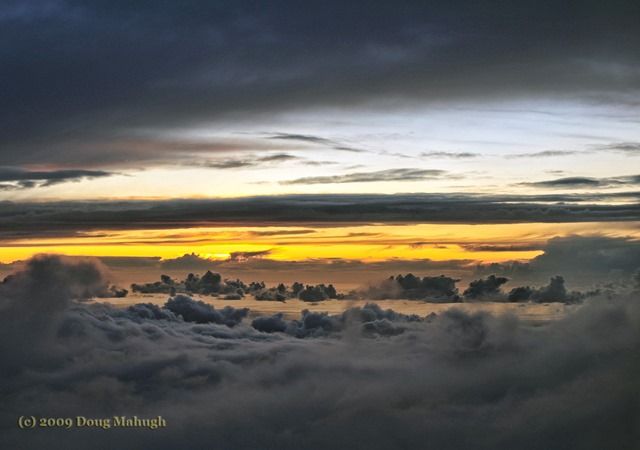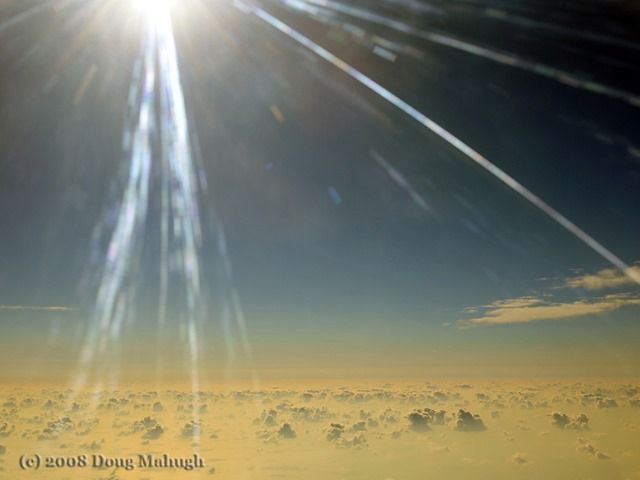Shooting from a plane
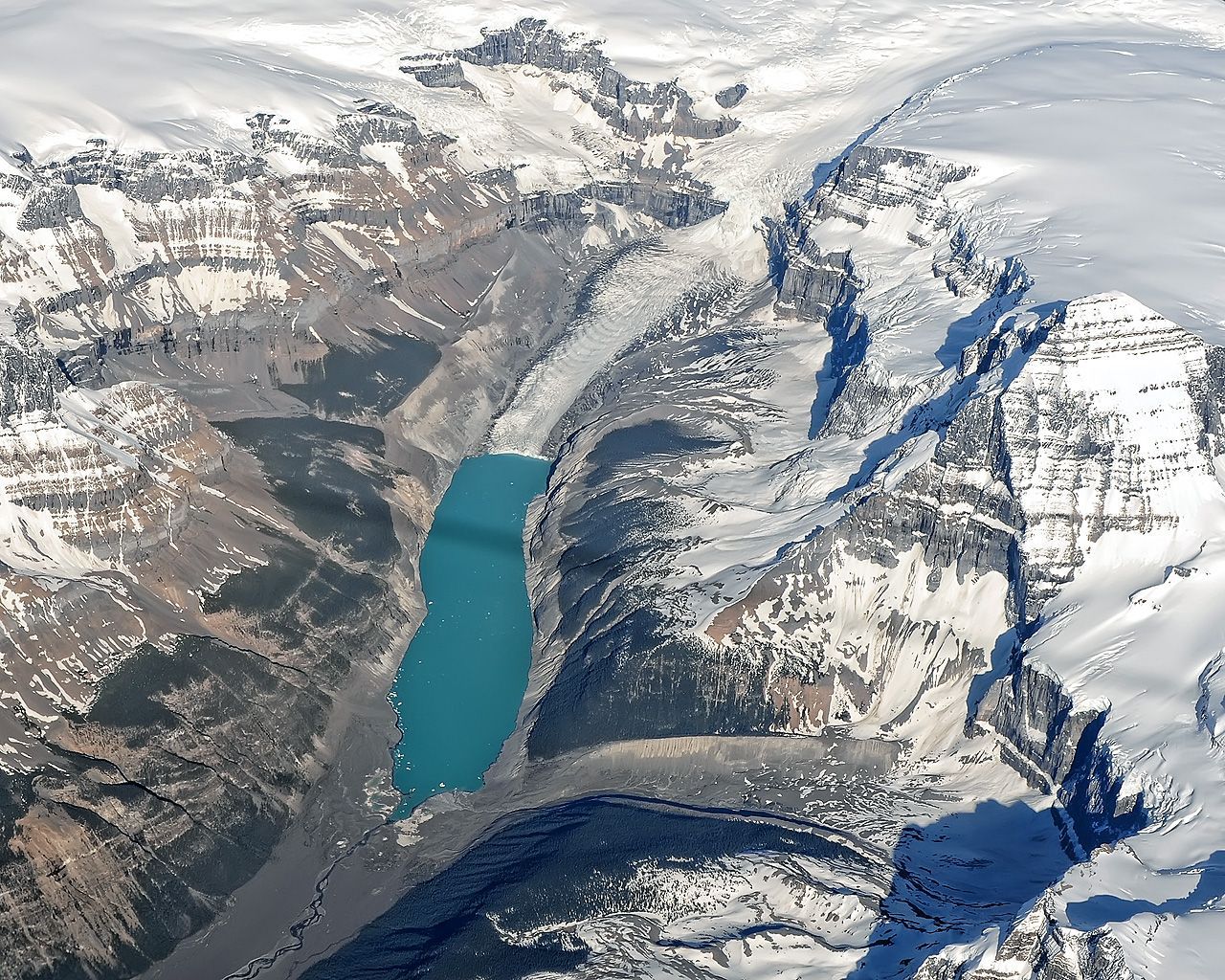
Back in 2006-2008, I was traveling a lot on business. During that time period, I traveled to 28 different countries (including repeat trips to many of them) in North America, South America, Europe, Asia, Africa, and Australia, and I got into the habit of shooting photos out the window to pass the time on long international flights. Now I’m hooked, and I take photos from pretty much every flight I take. In this post I’ll cover a few things I’ve learned along the way, for others who may want to shoot from the plane on their next flight.
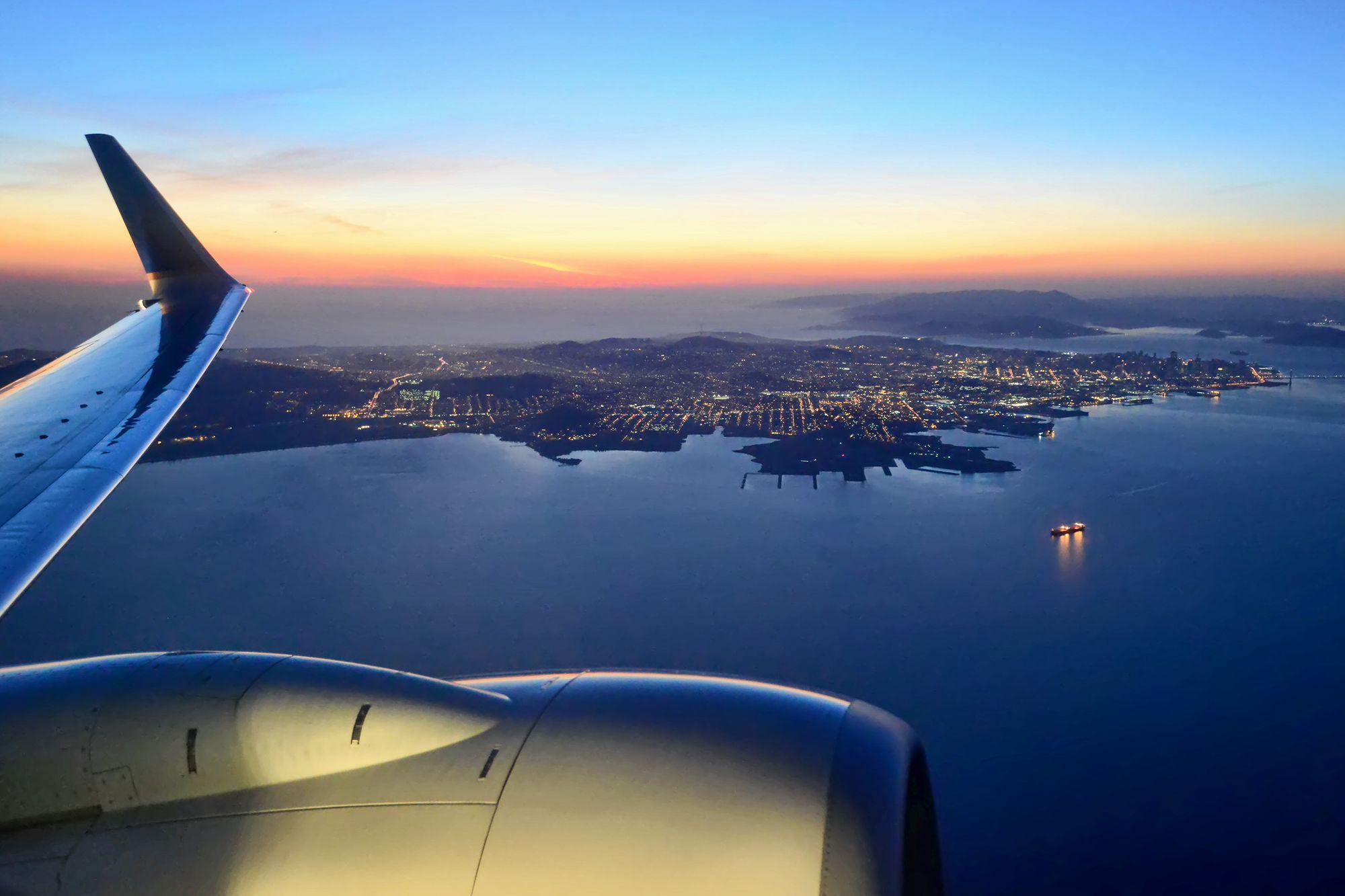
The photo above is from my most recent flight, United 1102 from San Francisco to Seattle earlier this week. I’m very happy with it, not least because it’s a photo that I set out to get and all the details came together pretty close to what I had planned. If only it were always so!
In no particular order, here are some of the things I think about when I am taking photos from commercial flights:
- Location, location, location. I like window seats a few rows behind the wing, where you can use the wing itself in the photo if desired. Right in front of the wing is a great spot during daylight, but at night the landing lights will be shining right on your window, illuminating every scratch and spec of dust.
- Wide-angle lenses are usually best. It’s hard to get an extremely sharp shot from a vibrating plane when shooting through two layers of plexiglass, so telephotos are usually not a good choice. Wide-angle lenses are also generally faster (i.e., let in more light), so you can use a faster shutter speed to further reduce blur.
- Glare is your enemy. For night shots, those $#&@! in-seat movie screens can be a problem, and for the San Francisco shot above I was holding a magazine over my screen while taking the photo. You can use clothing to block out extraneous light around your lens, or pick up a rubber hood for your lens if one is available – you can press those hard against the window to reduce glare.
- The steward/stewardess may not be your friend, either. In my experience, most (but not all) of them will tell you to not take pictures during takeoff and landing, so you should be discreet during those times. There really aren’t any good shots to be had during the first/last moments of a flight anyway (too much vibration, and too close to the ground for any interesting panoramas), so I usually have my camera tucked away under the seat ahead of me during takeoff and then pull it out once we’re on the way.
- Photoshop is your friend. Many airplane windows have deep scratches, or dust between the inner and outer window – Photoshop (or a similar tool) can clean up those problems later. You may also want to adjust levels or white balance later, since those things can get messed up by the presence of the window.
- Try a polarizer. If you have a polarizing filter, you may be able to twist it to reduce or eliminate window glare. They’re also handy for capturing deep blue skies instead of the washed-out look during bright mid-day sun.
- It’s a numbers game. Most shots from a plane are so bad they’re unusable. a small subset are OK, and a very tiny subset of those are great. So take lots of photos, and plan to throw most of them away. For the shot of San Francisco above, I took over 20 shots in a span of 2 or 3 minutes, and I only kept three of them, and posted my favorite of those.
Despite that last point, I try to get shots on almost every flight I take, and sometimes I get lucky. Here are a few examples of some of my favorites to date:
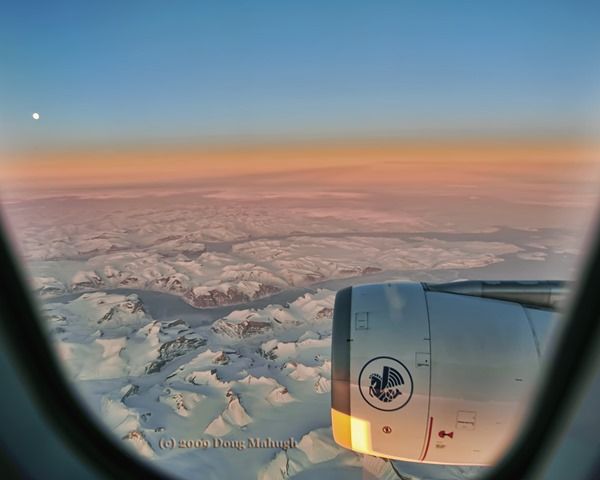
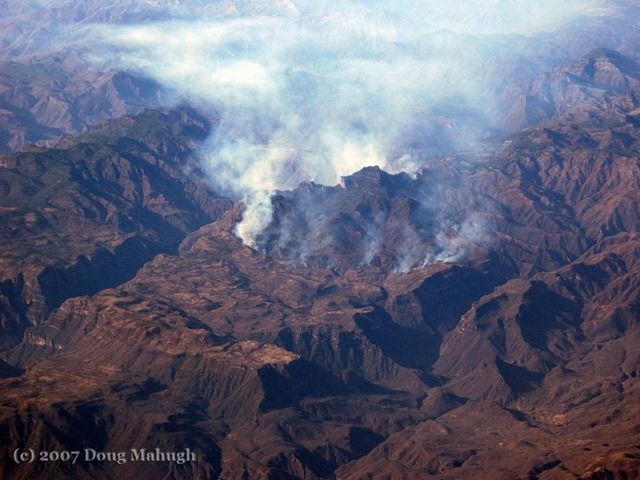
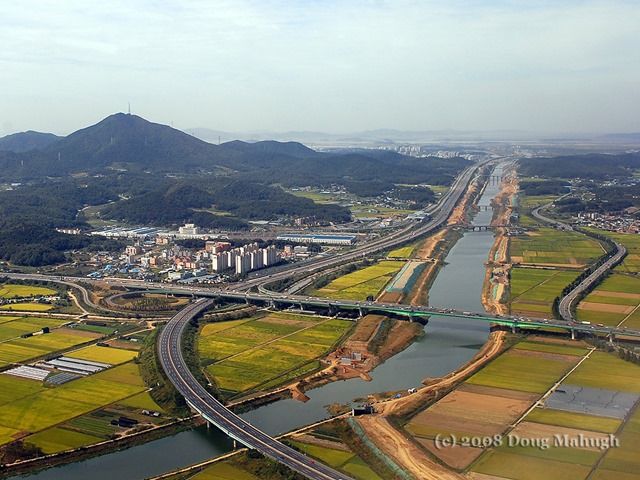
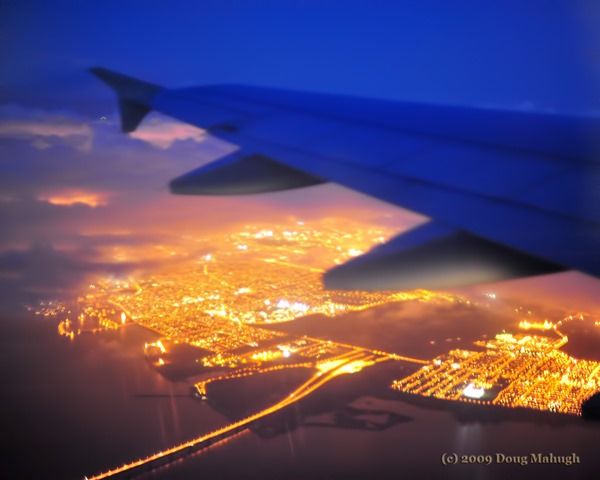
Every city has its own unique texture when viewed from thousands of feet above. For example, here are photos of Jeju (Korea), London, and Mexico City:
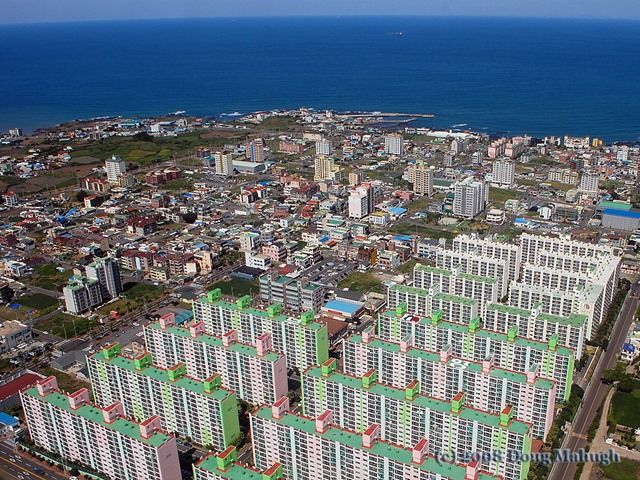
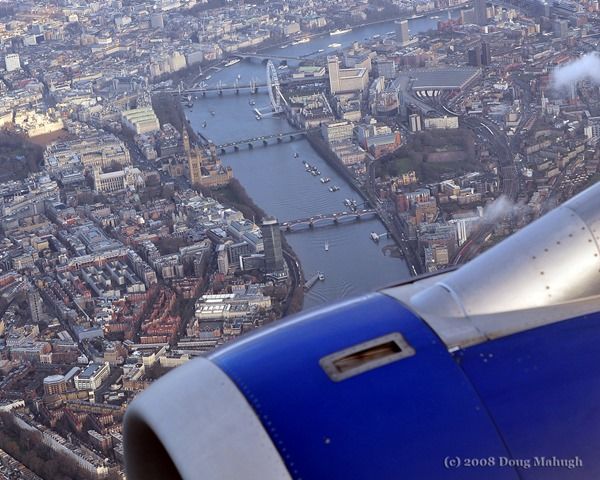
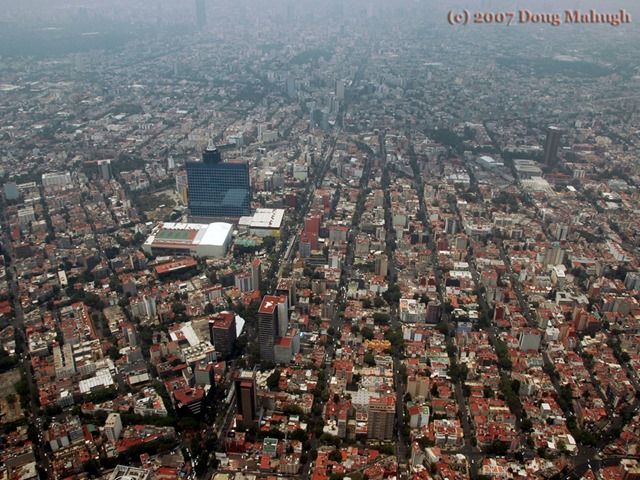
There are often nice photos to be had while just sitting at the gate, waiting for boarding to be completed:
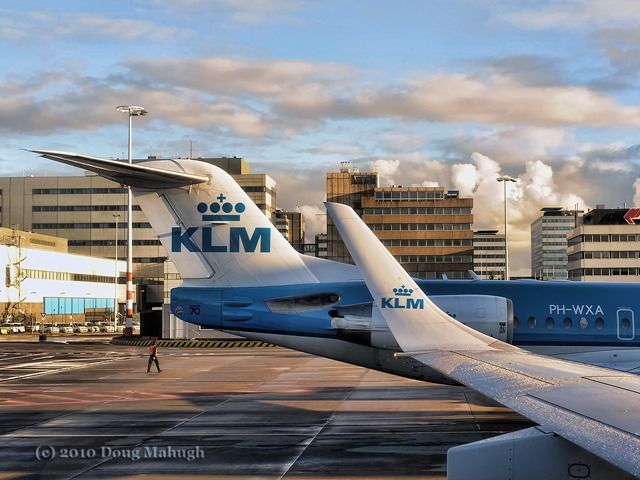
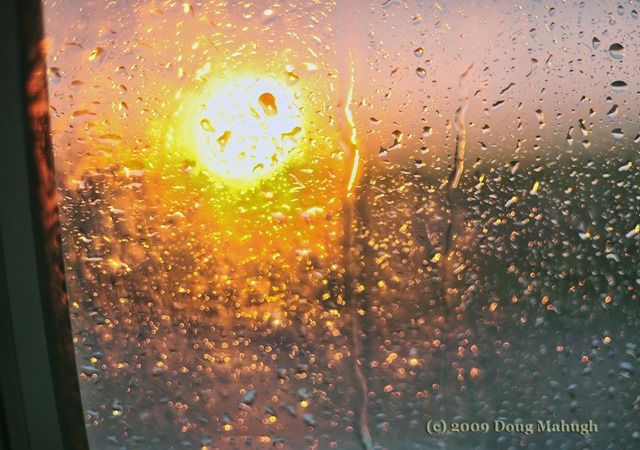
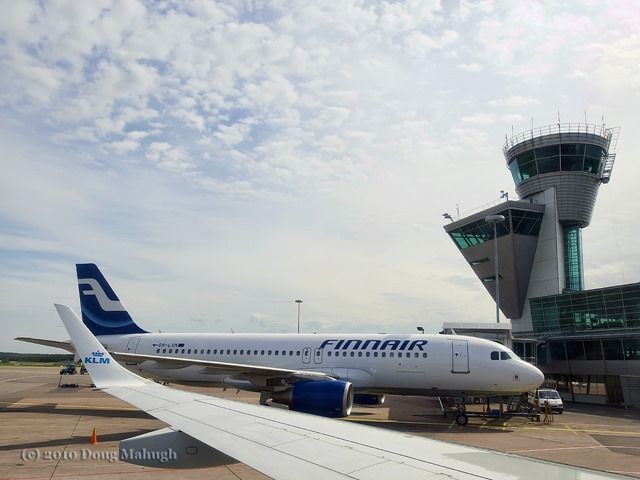
For that matter, I love to take photos from inside the airport before I even get to the gate. Be smart about not attracting attention to yourself, and of course don’t ever take photos near security checkpoints. (A comprehensive education in street smarts is beyond the scope of this blog post, but generally speaking, you’ll know you did it wrong if you get your camera confiscated or find yourself in handcuffs). A few examples:
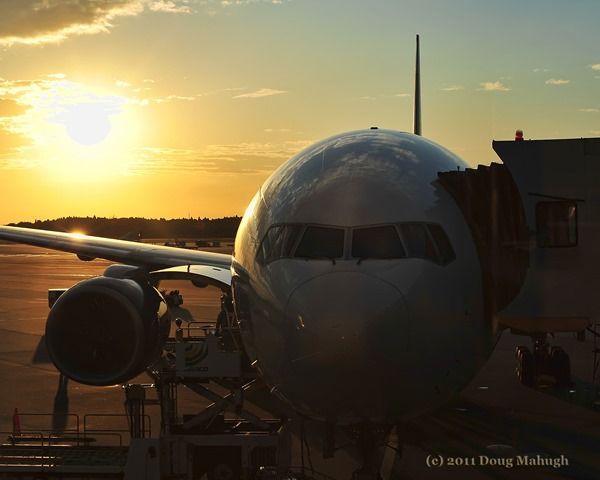
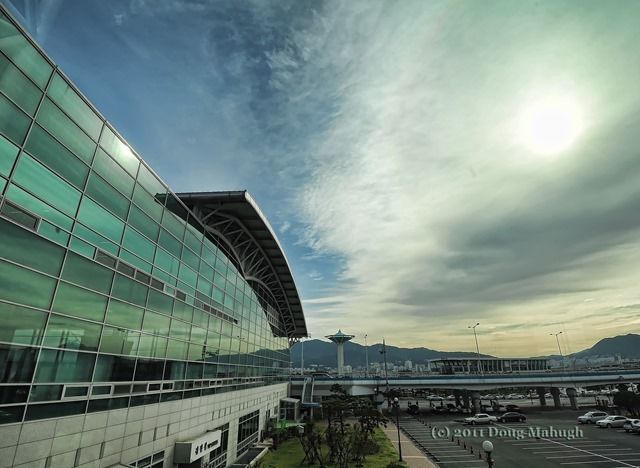
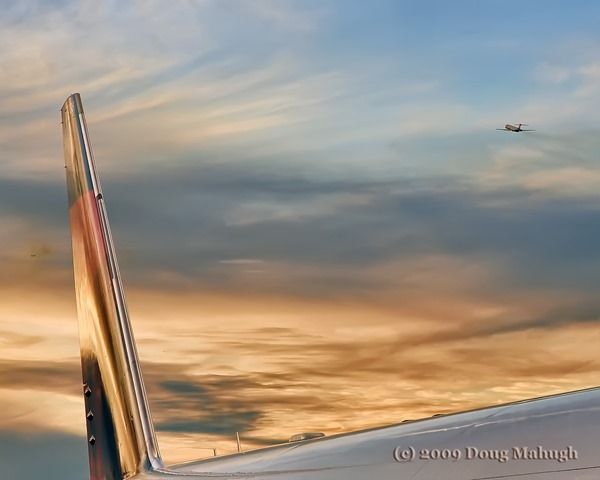
The background is often pretty simple and boring when you’re at cruising altitude – just a sea of white clouds. But the wing itself can make a nice subject, especially when it’s lit by warm sunlight very early or late in the day:
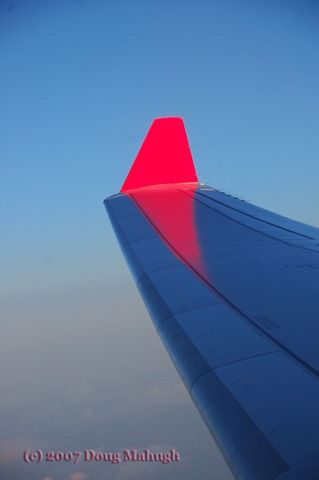
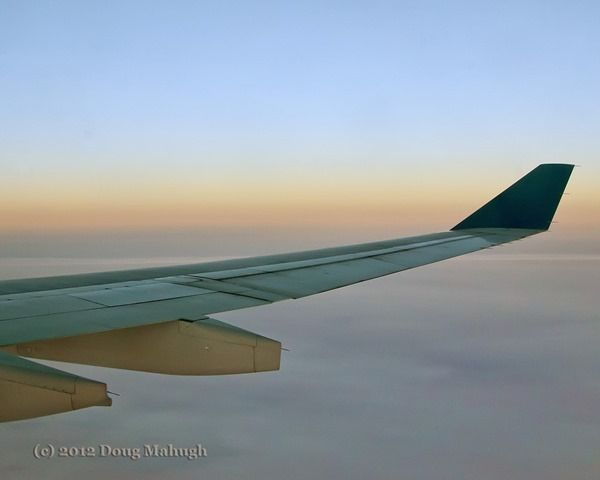
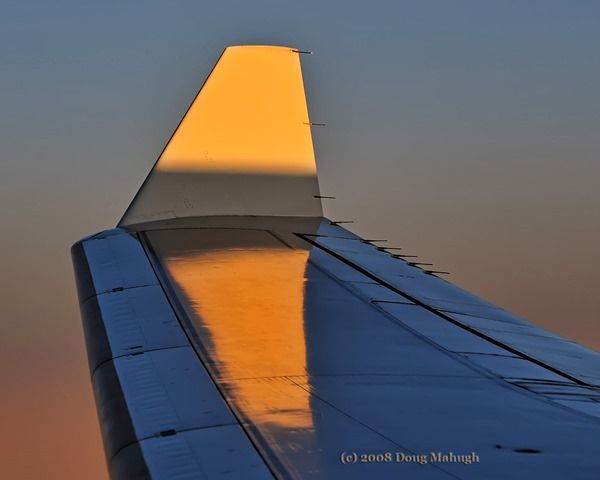
And even when you only have clouds visible, without any part of the plane itself or any visibility to the ground, there can still be beautiful scenes to photograph. Here are two of my favorite examples, the first over the Tyrrhenian Sea at sunset after takeoff from Rome, and the second somewhere over Korea on a flight to Seoul:
